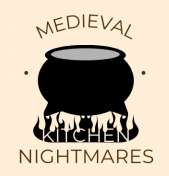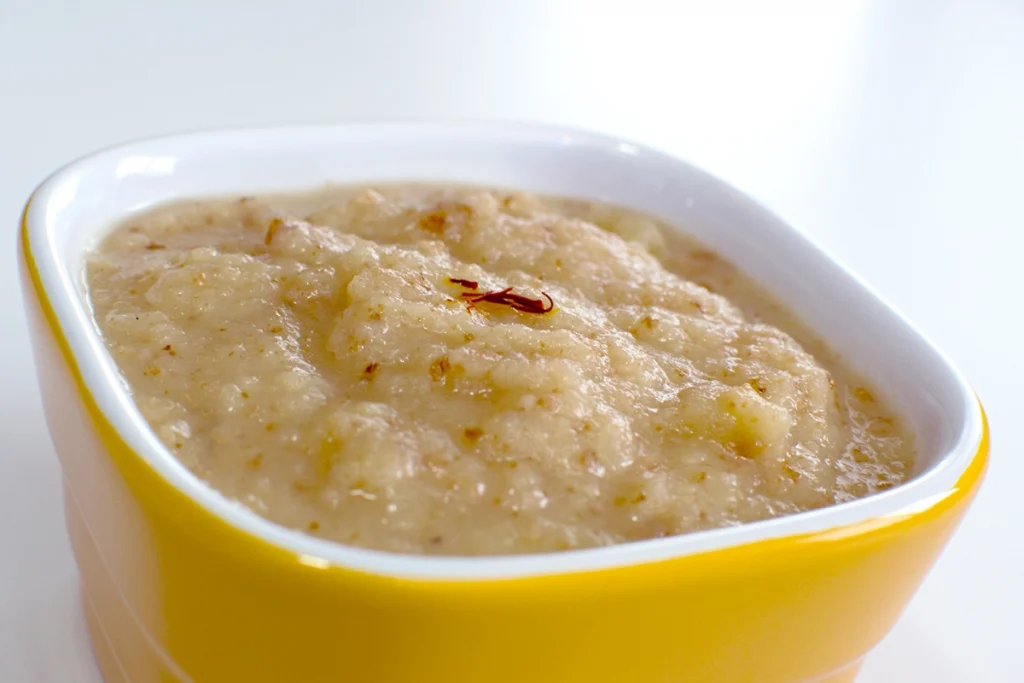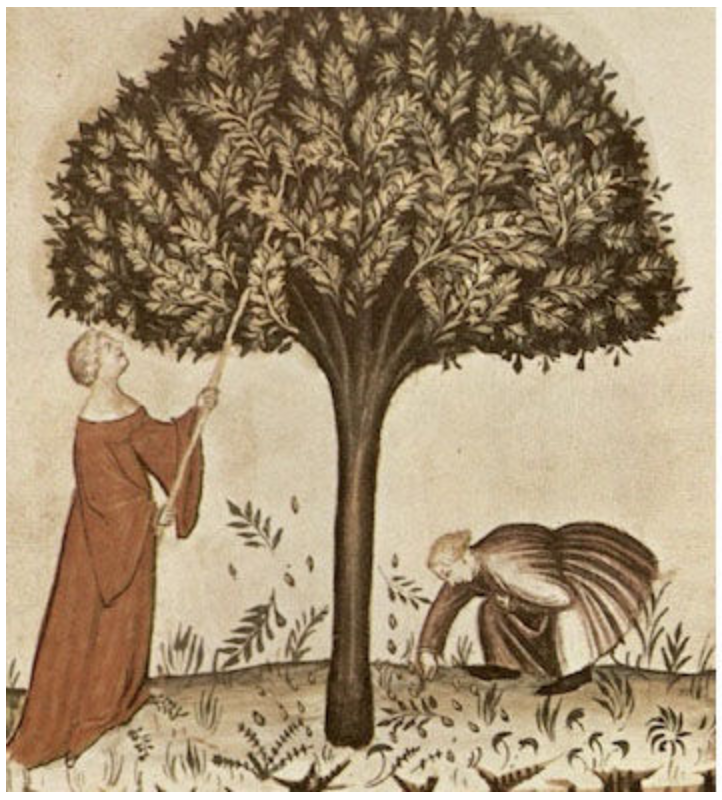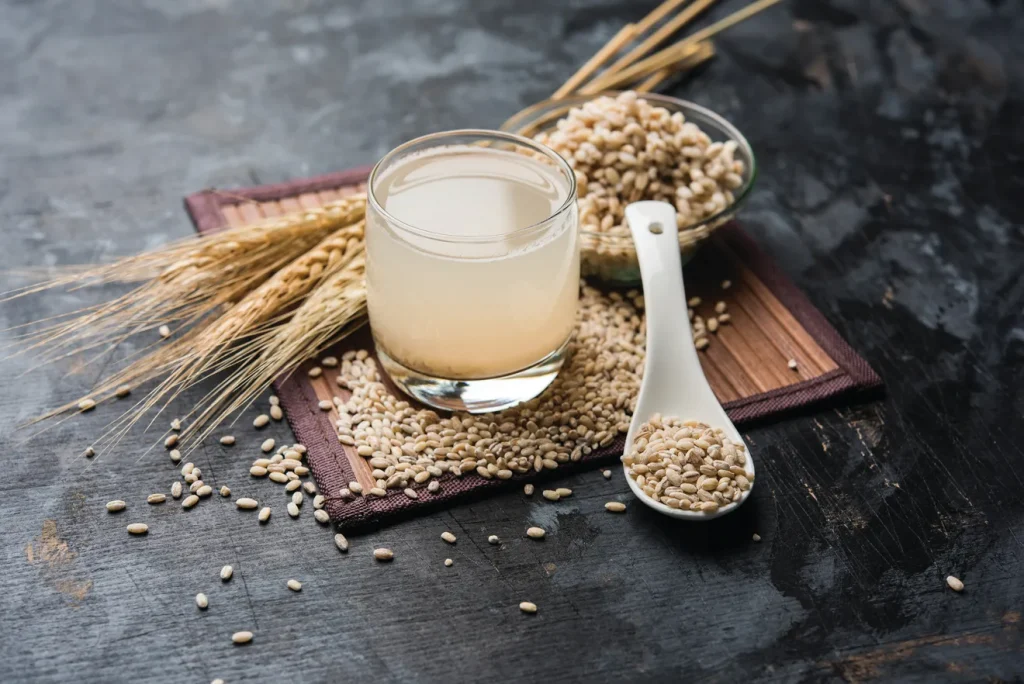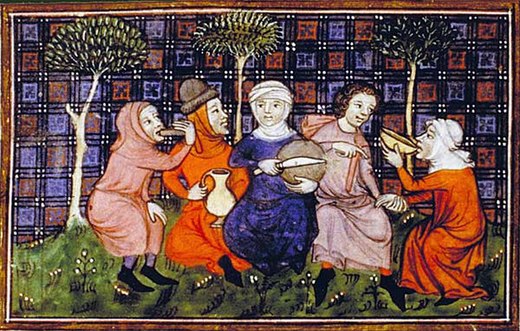We have started our search for our supplies! Here are the recipes we will be following and pictures of the ingredients that we have at our houses. Why don’t you look into your own cupboards to see if you can start one of the recipes! The links are attached to each one below.
Almond Milk (15th c.) – Ingredients;
– 2 cups blanched almonds
– 3 cups hot water
Barley Water (14th c.) – Ingredients
– 1/4 cup pearl barley
– 2 Tbsp. sugar
– 2 cups boiling water
– Peel and juice from 1 lemon
Audrey has honey, sugar, cinnamon, salt, barley, and allspice (cinnamon, nutmeg, and clove mix) at home!
Apple muse (15th c.) Ingredients
– 2 apples
– 1 cup almond milk
– 4 Tbsp. honey
– 1 cup (2 slices) bread crumbs
– 1 tsp. sandalwood
– pinch of saffron
– dash of salt
Anjuli has red wine, cinnamon (whole and ground), saffron, cloves, honey, whole nutmeg, and blanched almonds at home!
Turnips (14th c.) — Ingredients
– 3-4 turnips
– 6-8 cups of beef broth
– Butter
– Powder Douce;
– 3 Tbsp. ginger
– 2 Tbsp. sugar
– 1 1/2 Tbsp. cinnamon
– 1 tsp. cloves
– 1 tsp. Nutmeg
Cinnamon brewet (14th c.) — Ingredients
– 4 lbs. Beef Roast
– 2 cups Almonds, ground
– 2 tsp. Cinnamon
– 1/2 tsp. Ginger
– 1/2 tsp. Cloves
– 2-4 cups Red Wine
– 2-3 cups Beef stock
Nick has apples, white and rye flour, cloves, honey, ginger, nutmeg, butter, sugar, and cinnamon at home. He will also be making beef broth from scratch!
Sourdough bread — Ingredients
– 1 ½ cup sourdough
– 1 cup rye flour (our substitute for whole wheat flour)
– 2 ¼ cup warm water
– 5 ¾ cup white flour
– 1 T salt
Nick started the sourdough this week… but more on that in a future blog!
Now all we need to buy is sandalwood, a lemon, beef, and 4 turnips at the store. Aside from the sandalwood, we will purchase the remaining products closer to our cooking day!
